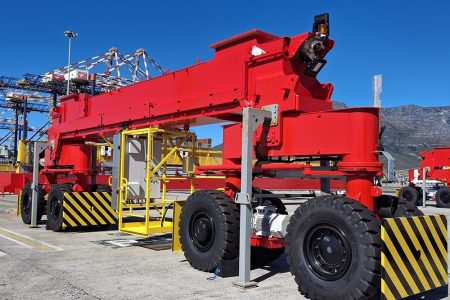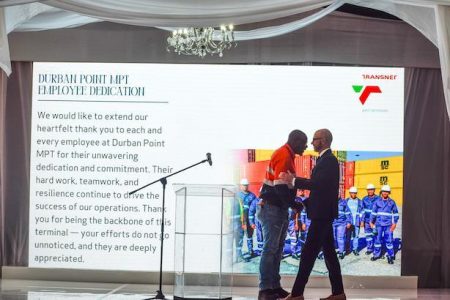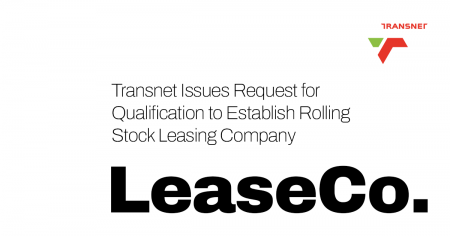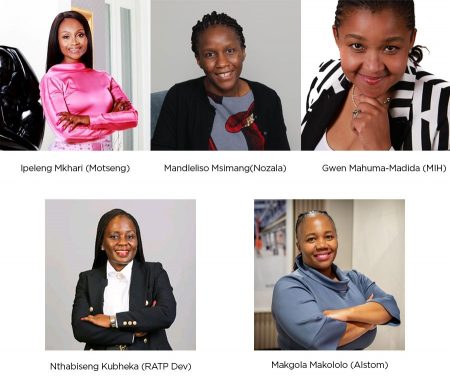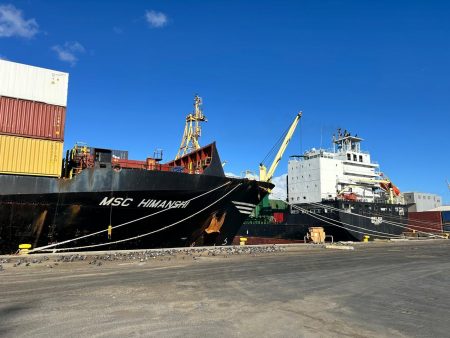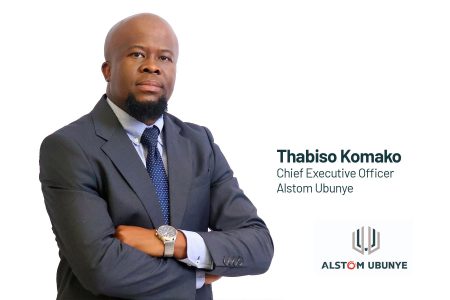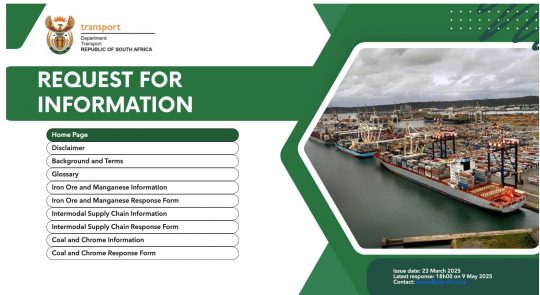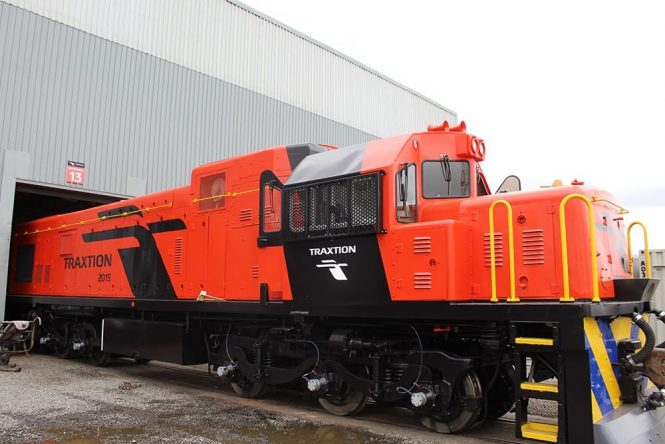
Traxtion is making significant strides in adapting and expanding its locomotive rebuild and overhaul services to meet the growing demand across the continent. The increasing pace of rail reform, and the need for more rolling stock, has galvanised the company into accelerating its service capabilities at its Rosslyn Rail Services Hub in Pretoria, South Africa.
Building on the current offerings of the Rail Services Hub where up to 14 locomotives can be rebuilt at any time, Traxtion has added a 2500sqm facility which houses the company’s parts store. The Hub already accommodates a wheel shop, paint booth, and the TETA-accredited training centre – which produces diesel electrical fitter artisans annually.
One of Traxtion’s focus points is a fully stocked parts store, which allows them to offer customers a one-stop shop for all locomotive and wagon parts. This means a quicker turnaround time for customers who are already time constrained. Through the Rail Services Hub, the company can also refurbish rolling stock parts and components, again cutting down on costs to clients.
Last year, the company accepted the biggest intake of diesel electrical fitter apprentice candidates to its training centre programme. This increased intake was done in anticipation of future growth for the company and expanding the skills pool in the rail industry.
They say necessity is the mother of invention, and this was born out when Traxtion committed itself to a groundbreaking project by taking four scrapped UC20 locomotive carcasses and rebuilding and significantly upgrading them to fully functioning 2000HP locomotives for a client in the Democratic Republic of Congo.
This award-winning initiative was completed at a fraction of the cost of an Original Equipment Manufacturer (OEM) locomotive and done in less than half the time it takes for a new locomotive to be built. Traxtion leveraged its extensive supplier network of local companies to assist with the project. Several engineering and manufacturing firms helped to engineer and upgrade obsolete components. In-house, the skilled team of artisans, with decades of experience in maintaining, rebuilding and overhauling locomotives to OEM standards, drove this unique process to completion.
Traxtion CEO James Holley says the Rail Services Hub provides the company with the ability to do the highest quality interventions possible on rolling stock. “This means that when we release the locomotives into service, we are releasing assets that have everything in their favour for successful operations out in the field.
“Having the right technicians, the right processes and procedures, the right facilities to maintain the locomotives, and having outstanding regional managers are fundamentally important, but the first step is starting with the right quality assets and that is what the Rail Services Hub achieves for us,” Holley says.
Traxtion’s capability to deliver at scale involves a combination of advanced technology, efficient processes, and strong partnerships. Traxtion has recently invested in digitised maintenance systems across its business and has begun installing new locomotive control systems to its older generation fleets.
By focusing on modernising and maintaining locomotives, Traxtion is playing a crucial role in the rail industry, helping operators improve their fleet management and operational capabilities. As rail reform accelerates and the demand for rolling stock soars, Traxtion’s decision to refurbish decommissioned locomotives - and transform what was once considered waste into valuable assets - is testament to more than just innovation. “It showcases Traxtion’s commitment to sustainability and forward-thinking practices.”
While the wholesale refurbishment of these old relics is a major accomplishment for Traxtion, Holley says it is the company’s ability to offer a fully comprehensive and inclusive product service to its clients that is really advancing the rail sector. “Our 37 years in the rail industry has given us the perfect platform from which to contribute to the broader development of the rail industry here and in the rest of Africa,” Holley says.
